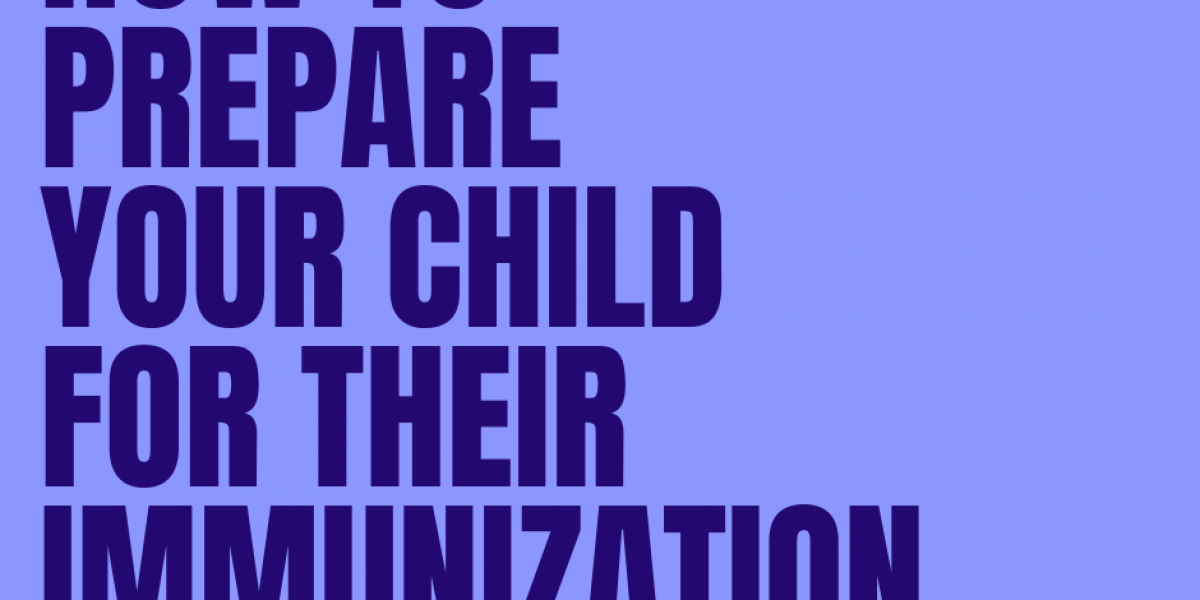Before the immunization
Vaccine injections can be a source of distress for children and parents. With some preparation and kid-friendly explanation, parents can help to make vaccine visits easier and less stressful.
- Prepare your child before the visit. Be honest. Avoid telling your child “it won’t hurt”. Explain that shots may pinch or pressure may be felt, but it will only last a few seconds. Tell your child that vaccines are important to keep them healthy.
- Always keep calm and use a normal speaking voice. Don’t criticize. This will help the child stay calm. Deep breathing exercise may be helpful.
- Your child needs to have their arms exposed for administration of the immunization. Your child should remove their outer clothing such as jackets or sweaters before proceeding to the exam room with the child.
- Ideally, your child should be wearing a tank top or sleeveless shirt to expose their arms.
- Bring your child’s favourite toy to the appointment.
Administering the vaccine
It is important to administer the vaccine swiftly to the child, as well as keeping the child from moving their arms(s). Movement of the arm during an injection can result in injury to the child or healthcare professional administering the vaccine. Part of or the entire vaccine dose could be lost.
Procedure for the injection
Options during the injection are to have the child sit upright or parents can provide a gentle hold on their child while on their lap. Ensuring the child’s comfort will help to ensure the child stays calm and still.
For more information on Pain and Fear management during immunization: Please visit www.immunize.ca. Select parents, and then select “Pain Management during immunization”.
After the vaccination
Most children are fine after vaccination and may have no reaction at all to the vaccine. Side effects, if any, are usually mild and last only a few days after getting the shot. The most common side effects include:
- Having a sore, swollen, or red spot where the needle went in;
- Having a low fever; or decreased energy, generalized body ache, sore joints;
- Live vaccines such as the Measles, Mumps, Rubella and Varicella (MMRV) vaccines may produce a mild form of symptoms of the natural disease up to 21 days after the vaccine was given. For example: A chickenpox like rash or a measles-like red rash.
You will be asked to wait in either the exam room or in your vehicle for 20 minutes after your child’s vaccination to monitor your child for signs of a reaction. As with any medicine, there is a very slight chance of a serious allergic reaction (anaphylaxis).
Signs of a serious allergic reaction, though very rare, include:
- Breathing problems (wheezing/ hoarseness)
- Swelling of the face; and/or mouth
- Hives
- Convulsions or seizures
Please report any side effects or severe vaccine reaction to your health care provider or local public health unit.
Immunization Record
After your child receives any immunization, make sure the health care provider updates the personal immunization record. This will be your record to keep so that you know what immunizations you have received.
Parents and guardians are responsible for reporting vaccines administered to the local Public Health Unit. As part of our service, we will do this for you.



